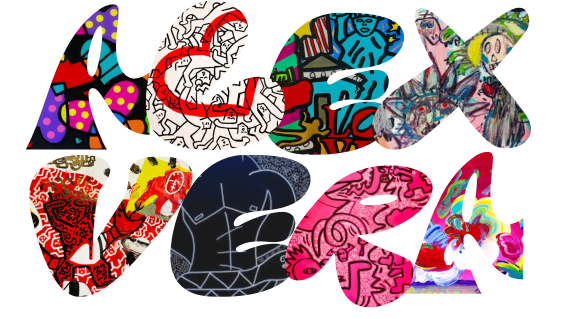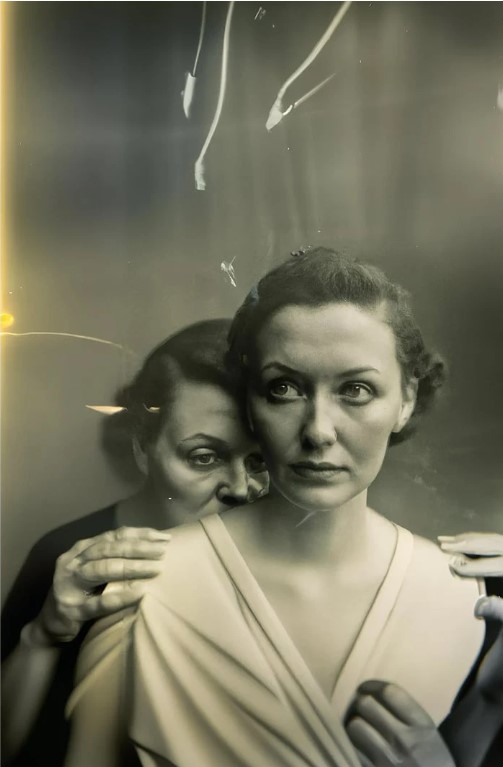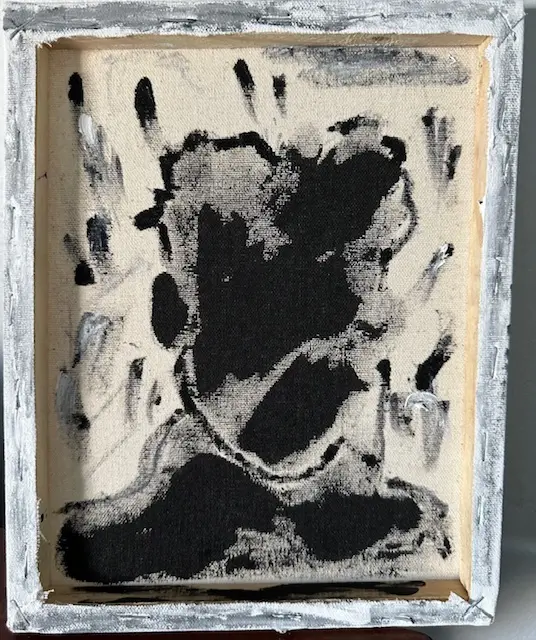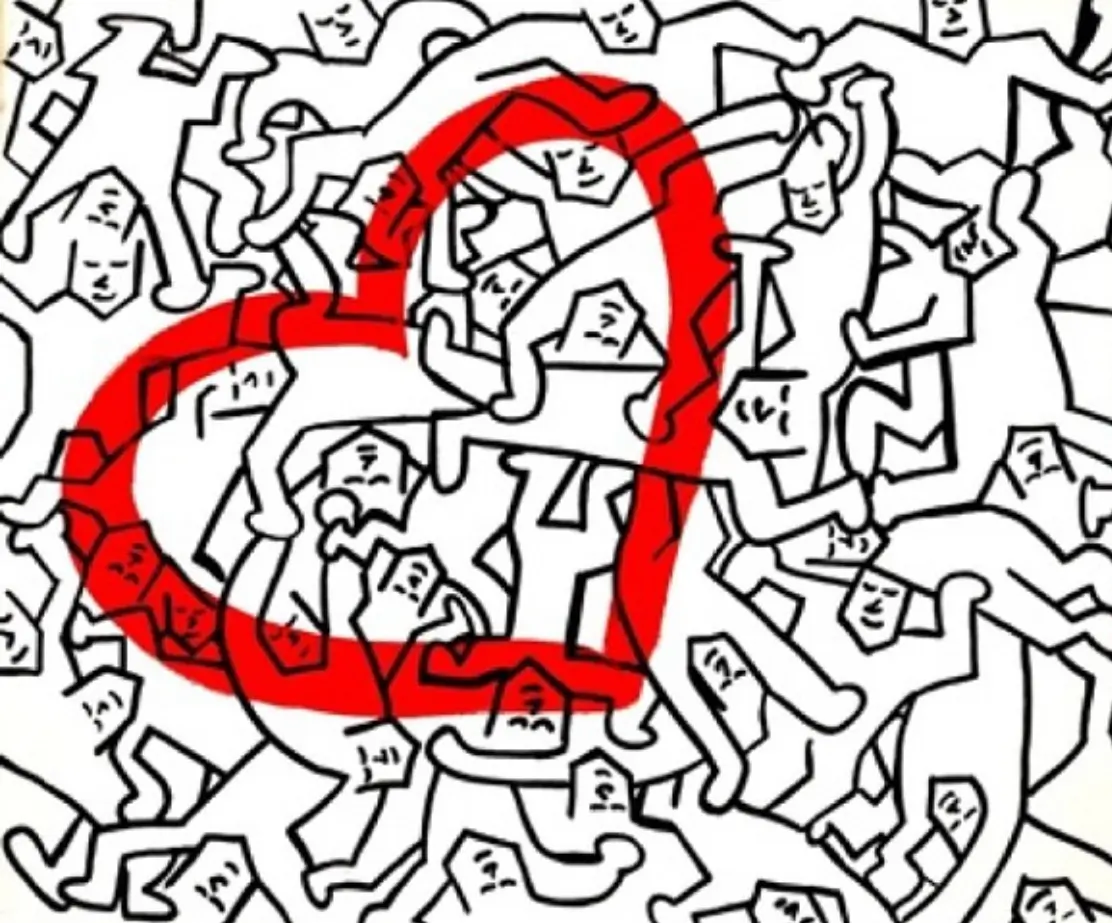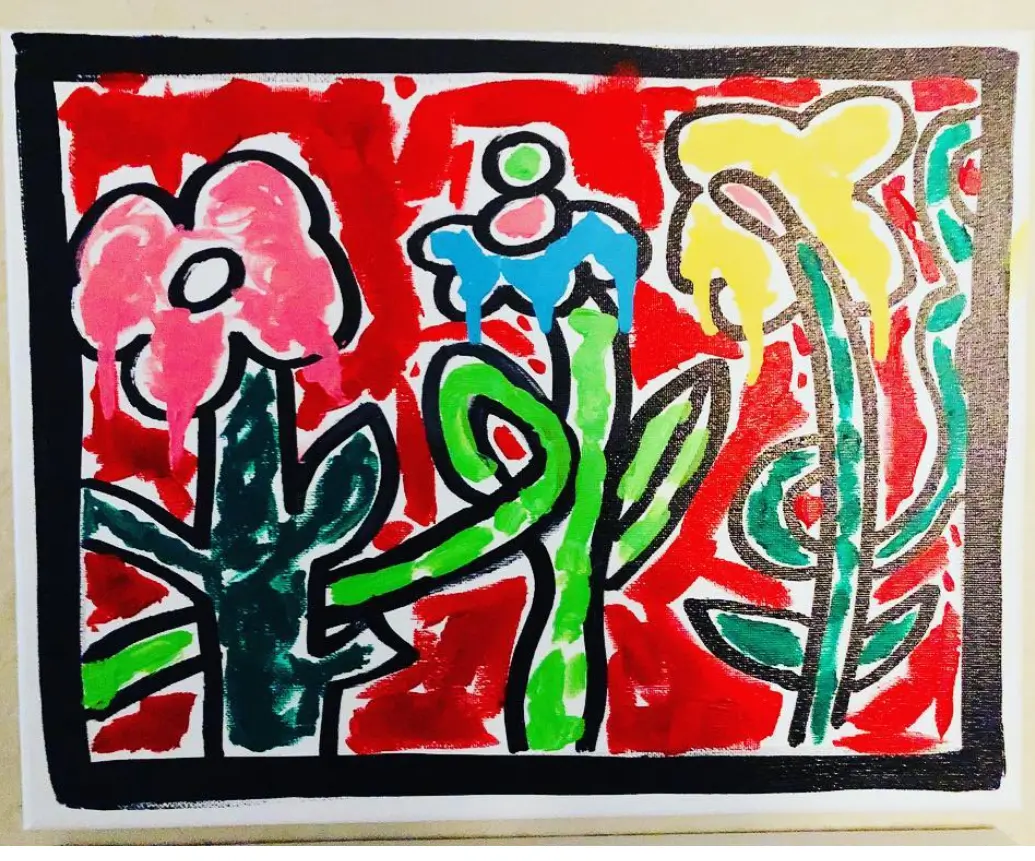Boris Eldagsen, a renowned artist, made headlines recently after declining an award from a highly prestigious photography contest. The reason? Eldagsen had submitted an artwork generated through the use of artificial intelligence (AI), and he believed that the competition was unable to deal with art created using such a method.
The award that Eldagsen declined was the World Photography Organization’s Sony World Photography Awards, which he had won for his piece titled The Electrician. The artwork features what appears to be an old photograph depicting two women, with one woman crouching behind the other. A hand belonging to a third person can be seen extending towards the front woman’s body.
Following Eldagsen’s decision to decline the award, the contest’s organizers released a statement acknowledging that they were not aware of the extent to which AI had been utilized in the creation of the artwork. This revelation sparked a debate about the role of technology in art, and whether or not AI-generated works should be eligible for awards and recognition in traditional art contests.
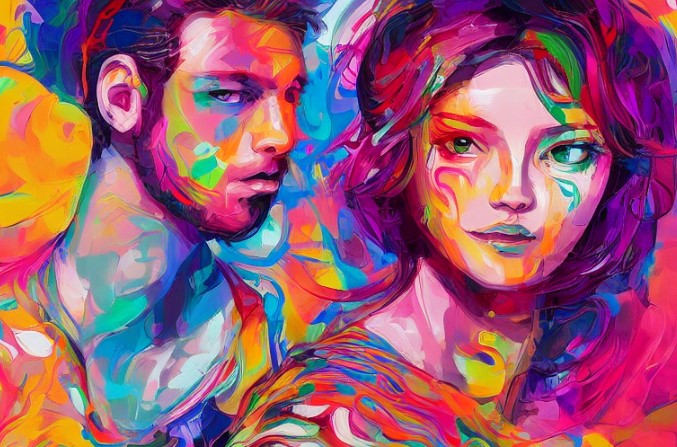
Is AI art ethical?
Boris Eldagsen’s artwork, titled “Pseudomnesia,” is part of a series created using advanced techniques that involve submitting language to an AI generator multiple times. The process involves the use of various techniques such as inpainting, outpainting, and prompt whispering to alter the work.
Eldagsen’s work challenges the boundaries of traditional art forms and aims to showcase the potential of AI in creating new forms of art. In his description of the piece, he notes that AI will eventually replace photography, just as photography replaced painting in the reproduction of reality.
Initially, Eldagsen expressed happiness when the work was selected for the competition. However, when he won the award, he declined it and stated that AI-generated works and photography should not compete with each other in such awards. In his view, they are different entities, and therefore, he could not accept the award.
Eldagsen’s decision to decline the award has sparked a debate about the role of AI in art and whether it should be recognized in traditional art contests. Many see Eldagsen’s work as a pioneering example of how technology can be used to create new forms of art, while others argue that AI-generated works lack the emotional and personal touch that traditional art possesses.
Boris Eldagsen’s decision to decline his award has sparked a discussion about the definition of photography and whether or not AI-generated works should be considered as part of it. Eldagsen has called for an open dialogue within the photography community to explore this issue further.
As the winner in the creative category, Eldagsen asked the jury to donate his prize money to a photography festival in Odesa, Ukraine, instead of giving it to him.
However, the World Photography Organization did not approve of Eldagsen’s work and his response to winning. In a statement, the organization expressed its disappointment and stated that they had suspended their activities with Eldagsen. They also removed him from the competition because of his deliberate attempts to mislead them, which invalidated the warranties he provided.
The organization’s response to Eldagsen’s decision to decline the award has fueled the ongoing debate about the role of technology in art. While some see Eldagsen’s work as a groundbreaking example of what is possible with AI, others argue that it lacks the personal touch that traditional art possesses. As technology continues to advance, it remains to be seen how the art world will respond to the growing presence of AI-generated works.
In response to Boris Eldagsen’s decision to decline the award, the World Photography Organization released a statement acknowledging the importance of the issue surrounding AI-generated works and their impact on image-making today. The organization also stated that they look forward to further exploring this topic through their various channels and programs.
However, the statement reiterated that the Awards have always been a platform for celebrating the excellence and skill of photographers and artists working in the medium. While AI practices are relevant in artistic contexts of image-making, the organization believes that the Awards should continue to champion traditional forms of photography and art.
The controversy surrounding Eldagsen’s work is not the first of its kind. Last August, an AI-generated artwork won an art competition at the Colorado State Fair. The work had been produced using Midjourney, sparking a mix of anger and fascination within the art world and beyond.
As technology continues to advance and change the way we create and perceive art, it is clear that the role of AI in the art world will continue to be a subject of debate and discussion. Whether it is welcomed with open arms or met with resistance, AI-generated works are sure to play a significant role in the future of art.
